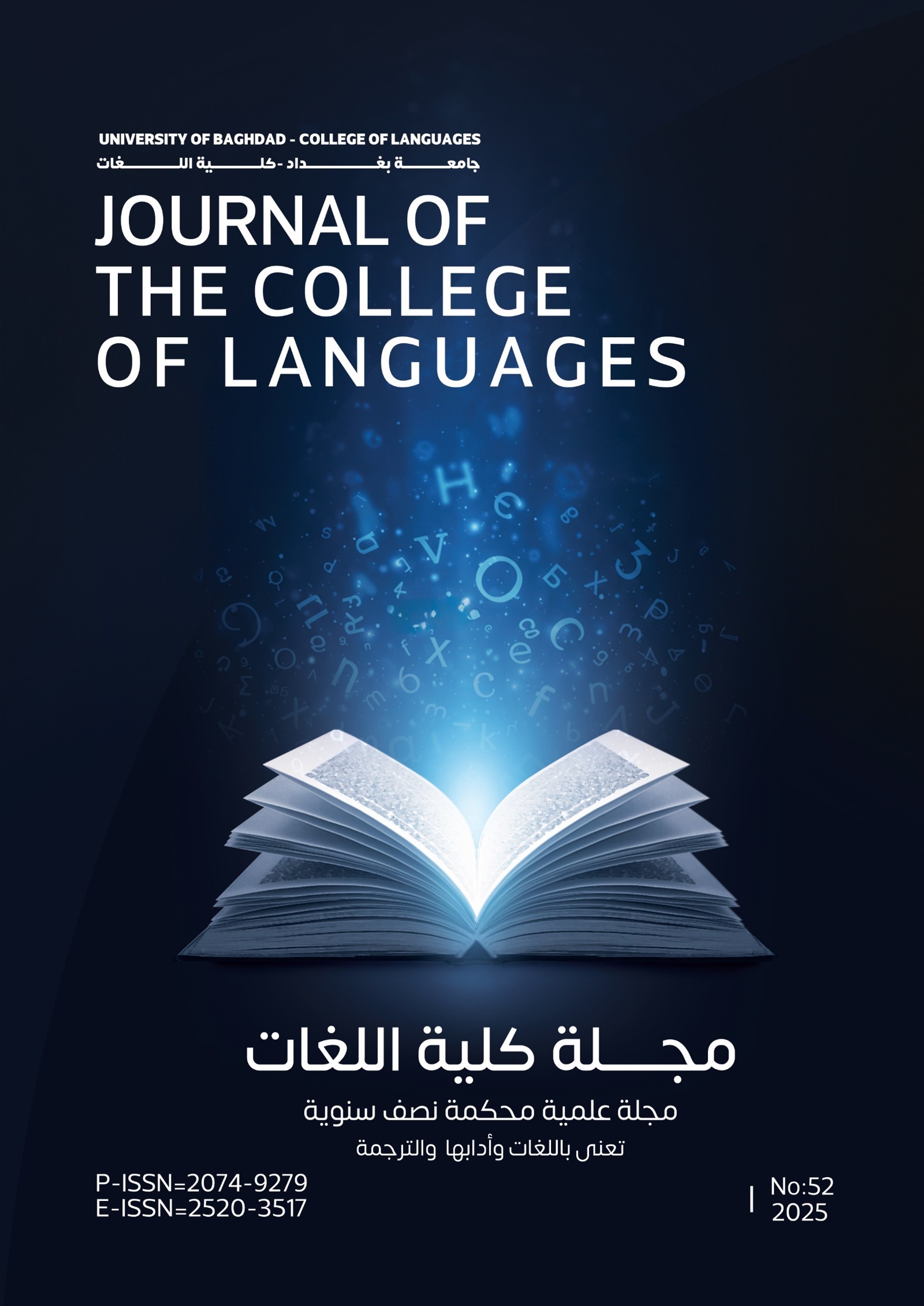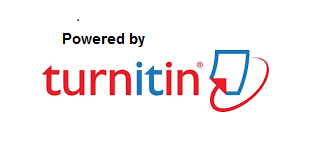A Pragma-Stylistic Study of Misdirection in Selected Detective Novels
DOI:
https://doi.org/10.36586/jcl.2.2023.0.47.0063Keywords:
stylistics, focalization, foregrounding, burying, pragmatics, Grice's maxims, ambiguity.Abstract
The analysis of detective novels has taken different aspects. The linguistic analysis of them, for example, has tackled the linguistic systems of morphology, phonology, syntax, semantics, and pragmatics. In line with the linguistic analysis, this study explores the various pragmatic and stylistic devices realized through detective novels for the purpose of misdirecting and deceiving the reader. The problem is that when readers try to reach to the truth, they face difficulties. They might not reach to the right solution or infer wrong conclusions because writers use some techniques to hide the truth and mislead them. This study aims at examining these techniques and devices; namely, Grice's Maxims and ambiguity as pragmatic devices on the one hand, and foregrounding, backgrounding, and focalization as stylistic devices on the other hand. It also aims to show the effect of these devices in a number of selected detective novels written by Agatha Christie and Arthur Conan Doyle. It is hypothesized that different stylistic strategies are used in detective novels for the purpose of misdirection and that foregrounding is the most frequently used one among these devices. It is also hypothesized that the rate of using pragmatic deception strategies is higher in Christie’s novels than in Doyle's ones, especially the violations of Grice's maxims, and that the two maxims of Quantity and Manner are more frequently violated than the other two maxims of Quality and Relevance. The findings of the study reveal that Christies’ style of writing is more mysterious than that of Doyle. The study also reveals that focalization, the violation of the two maxims of Quantity and Quality, and the utilization of ambiguous expressions which are also considered instances of violating the maxim of Manner are the most recurrent stylistic and pragmatic deception strategies respectively.
Received on 9/5/2021
Accepted on 11/7/2021
Published on 2/1/2023
References
Christie, A. (2011). Death on the Nile. HarperCollins e-books.
-------------- (2011). Endless Night. HarperCollins e-books.
-------------- (2011). The Murder of Roger Ackroyed. HarperCollins e-books.
-------------- (2011). They Came to Baghdad. HarperCollins e-books.
Cummings, L. (2010). The Pragmatic Encyclopedia. London: Routledge.
Doyle, A. C. (2008). A Study in Scarlet. Project Cutenberg Ebook
---------------- (2010). The Hound of The Baskervilles. Project Cutenberg Ebook.
---------------- (2003). The Valley of Fear. Project Cutenberg Ebook.
Dynel, M. (2018). Irony, Deception, and Humour: Seeking the Truth about Overt and Covert Untruthfulness. Walter de Gruyter, Inc.
Emmott, Catherine, and Marc Alexander. (2014). ‘Foregrounding, burying and plot construction’, in Peter Stockwell and Sara Whiteley (eds.) The Cambridge Handbook of Stylistics, pp 329-343. Cambridge: Cambridge University Press.
Genette, G. (1972). Narrative discourse: an essay in method. Transl. Lewin, J. E. (1980). New York: Cornell University Press.
Gregoriou, Ch. (2007). Deviance in Contemporary Crime Fiction. Palgrave Macmillan.
Grice, H. P. (1975). Logic and conversation. In P. Cole & J. Morgan (Eds.), Syntax and semantics. New York: Academic Press.
Kempson, Ruth M. (1977). Semantic Theory. Cambridge: Cambridge University Press.
Lyons, J. (1977). Semantics. Cambridge: Cambridge University Press.
Mey, J. L. (2001). Pragmatics: An Introduction. Oxford: Blackwell Publisher.
Scaggs, J. (2005). Crime Fiction: The New Critical Idiom. London: Routledge.
Sperber, D. and Wilson, D. (1986). Relevance: communication and cognition. Oxford: Basil Blackwell.
Stockwell, P. and Whiteley, S. (2014). Stylistics: The Cambridge Handbook of Stylistics. Cambridge: Cambridge University Press.
Wales, K. (2014). A Dictionary of Stylistics: Third Edition. London: Routledge.
Downloads
Published
Issue
Section
License
Copyright (c) 2022 Journal of the College of Languages (JCL)

This work is licensed under a Creative Commons Attribution 4.0 International License.








